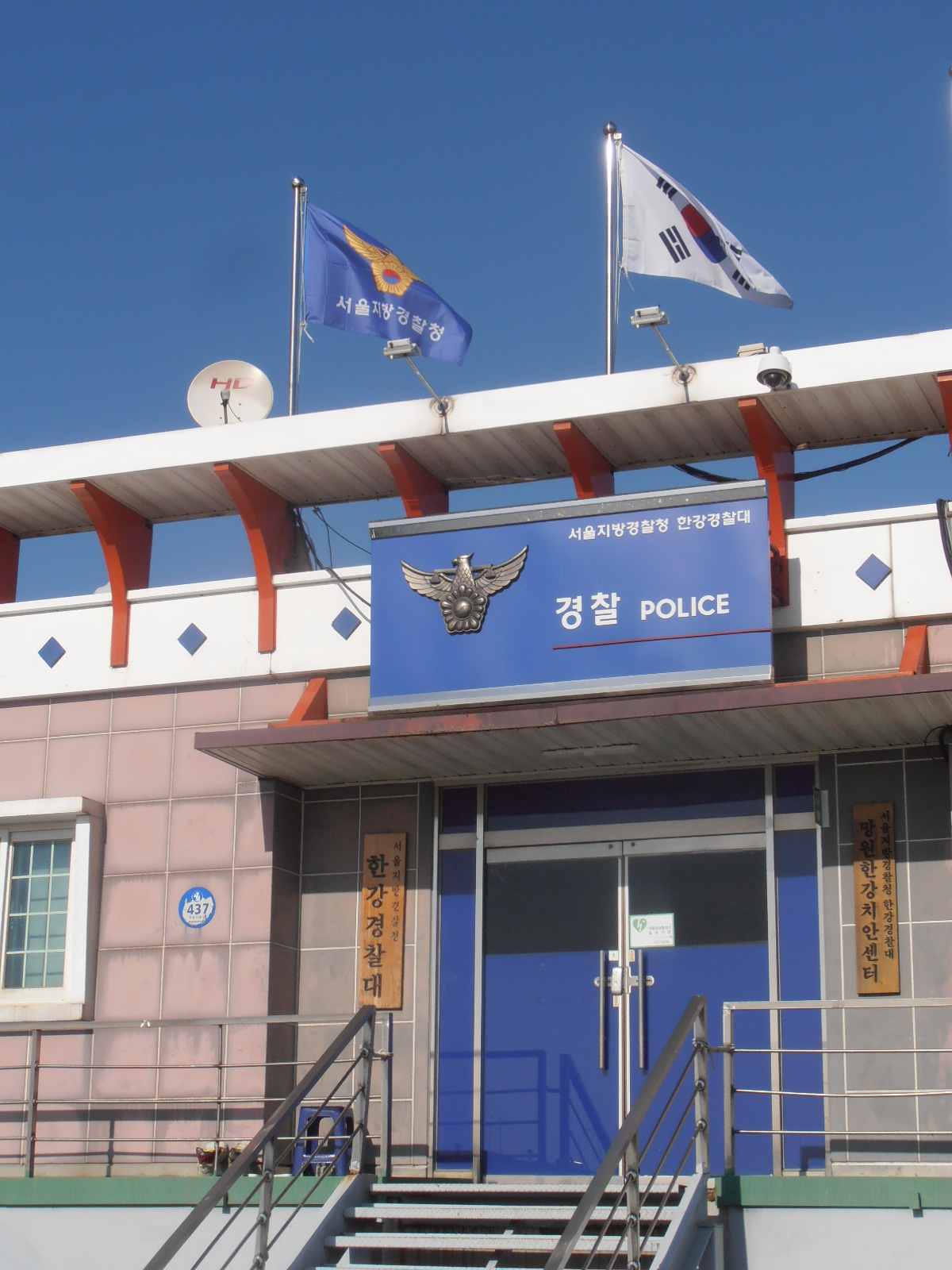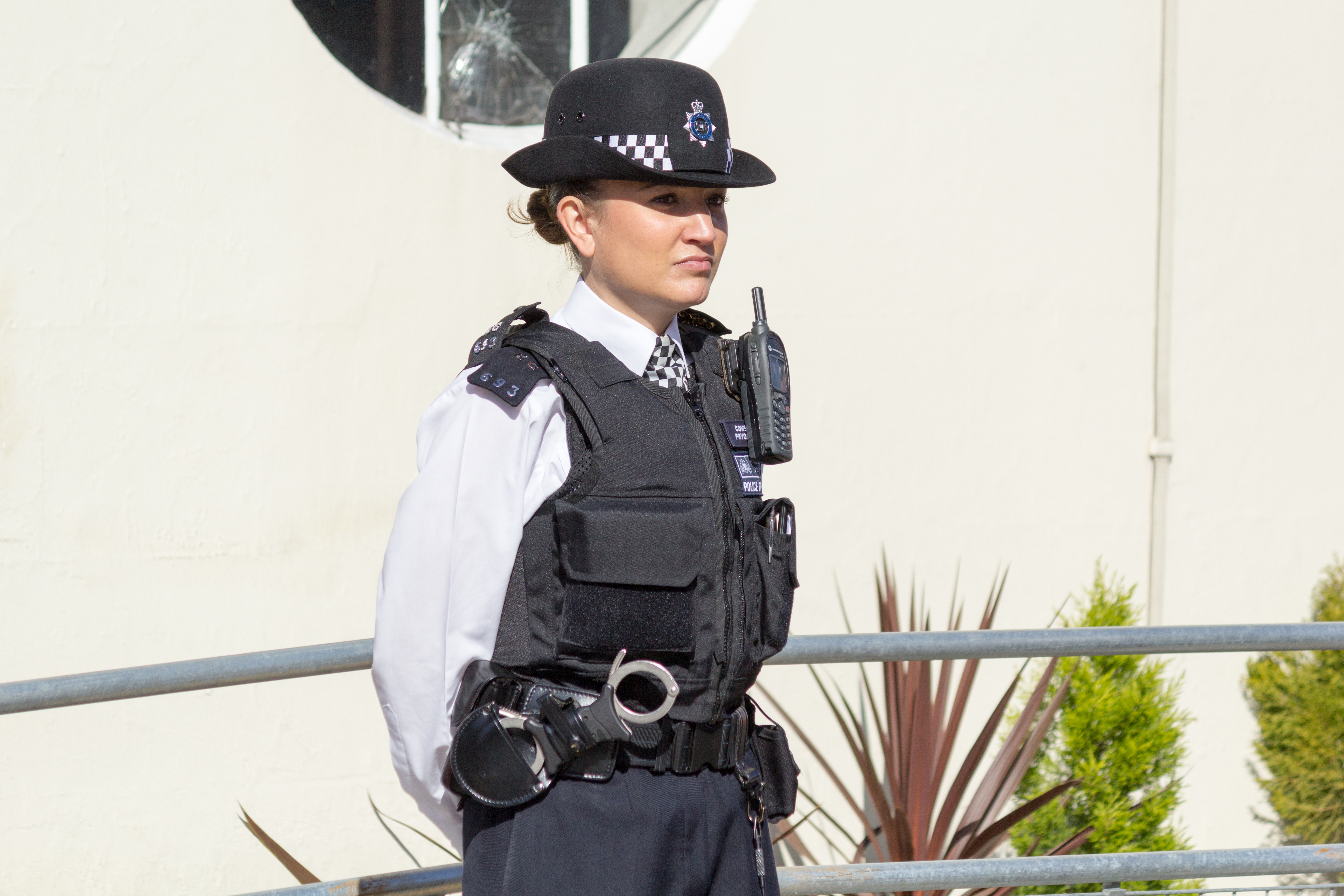|
Salisbury City Police
Salisbury City Police was a British police force that existed officially between 1835 and 1943. It was absorbed by Wiltshire Constabulary during the Second World War. History Policing in Salisbury, previously known as New Sarum can be traced back to the 18th century when a local militia known as Brodie's Volunteers were instructed to watch over the city. They were overseen by the Salibsury Watch Commission who decided to disband the thirteen constables in 1836 in favour of forming a more official looking organisation. The new force called 'New Sarum Police' was to consist of one 'Superintending High Constable', one 'High Constable', four 'Day Constables' and ten 'Night Constables'. The City was one mile 330 yards in length and 1500 yards in breadth. In May 1836 the decision to dress the Police constable, constables in a new Police uniforms and equipment in the United Kingdom, uniform was made, it was to be similar to other forces with the letters 'NSP' (New Sarum Police) on the c ... [...More Info...] [...Related Items...] OR: [Wikipedia] [Google] [Baidu] |
Wiltshire Constabulary
Wiltshire Police, formerly known as Wiltshire Constabulary, is the territorial police force responsible for policing the county of Wiltshire (including the Borough of Swindon) in South West England. The force serves 722,000 people over an area of . In terms of officer numbers, it is the second smallest force in the United Kingdom (after the City of London Police). History Before the 1830s, policing in Wiltshire was the responsibility of petty and parish constables, who were supervised by magistrates. This was largely ineffective as they were unpaid and untrained, and so independent and private forces such as the Devizes Prosecution Society emerged, and these did not immediately disappear when professional police forces came into being. The Municipal Corporations Act 1835 standardised the structure and responsibilities of borough councils in England and Wales, including requiring they provide a professional police force. The Act applied both to new boroughs formed on applicati ... [...More Info...] [...Related Items...] OR: [Wikipedia] [Google] [Baidu] |
Municipal Corporation Act 1835
The Municipal Corporations Act 1835 (5 & 6 Will 4 c 76), sometimes known as the Municipal Reform Act, was an Act of Parliament, Act of the Parliament of the United Kingdom that reformed local government in the incorporated boroughs of England and Wales. The legislation was part of the reform programme of the Whig (British political faction), Whigs and followed the Reform Act 1832, which had abolished most of the rotten boroughs for parliamentary purposes. Royal commission The government of Charles Grey, 2nd Earl Grey, Lord Grey, having carried reform out of parliamentary constituencies, turned its attention to local government. In February 1833 a Select committee (United Kingdom), select committee was appointed "to inquire into the state of the Municipal Corporations in England, Wales, and Ireland; and to report if any, and what abuses existed in them, and what measures, in their opinion, it would be most expedient to adopt, with a view to the correction of those abuses". The co ... [...More Info...] [...Related Items...] OR: [Wikipedia] [Google] [Baidu] |
1943 Disestablishments In The United Kingdom
Events Below, the events of World War II have the "WWII" prefix. January * January 1 – WWII: The Soviet Union announces that 22 German divisions have been encircled at Stalingrad, with 175,000 killed and 137,650 captured. * January 4 – WWII: Greek-Polish athlete and saboteur Jerzy Iwanow-Szajnowicz is executed by the Germans at Kaisariani. * January 11 ** The United States and United Kingdom revise previously unequal treaty relationships with the Republic of China. ** Italian-American anarchist Carlo Tresca is assassinated in New York City. * January 13 – Anti-Nazi protests in Sofia result in 200 arrests and 36 executions. * January 14 – 24 – WWII: Casablanca Conference: Franklin D. Roosevelt, President of the United States; Winston Churchill, Prime Minister of the United Kingdom; and Generals Charles de Gaulle and Henri Giraud of the Free French forces meet secretly at the Anfa Hotel in Casablanca, Morocco, to plan the Allied European strategy for the next stage ... [...More Info...] [...Related Items...] OR: [Wikipedia] [Google] [Baidu] |
Wiltshire Police
Wiltshire Police, formerly known as Wiltshire Constabulary, is the territorial police force responsible for policing the county of Wiltshire (including the Borough of Swindon) in South West England. The force serves 722,000 people over an area of . In terms of officer numbers, it is the second smallest force in the United Kingdom (after the City of London Police). History Before the 1830s, policing in Wiltshire was the responsibility of petty and parish constables, who were supervised by magistrates. This was largely ineffective as they were unpaid and untrained, and so independent and private forces such as the Devizes Prosecution Society emerged, and these did not immediately disappear when professional police forces came into being. The Municipal Corporations Act 1835 standardised the structure and responsibilities of borough councils in England and Wales, including requiring they provide a professional police force. The Act applied both to new boroughs formed on applicat ... [...More Info...] [...Related Items...] OR: [Wikipedia] [Google] [Baidu] |
Ernest Frank Richardson
Ernest Frank Richardson (1871–1952) was a Chief Constable of Salisbury, Wiltshire, England. He joined the Police Force in 1893Telegram To FR from Police Office Cheltenham 1893 at Cheltenham, Gloucestershire, and rapidly achieved promotion to Chief Constable. He came from a family many of whom served in the police, and three family members served concurrently in the office of Chief Constable, at Salisbury, Hereford and Halifax. Early career Ernest Frank Richardson was the first son of Frank and Mary (née Taylor) Richardson. He was born in Birmingham on 2 January 1872. From about 1882 to about 1887 he attended the Broomy Hill Academy in Hereford. He then moved to Birmingham and served in the City of Birmingham Police, Detective's Office, initially as a police clerk, in the late 1880s.Birmingham Police records 1888 He joined the Gloucestershire Police Force in Cheltenham in 1891, and within three months was posted to the City of Gloucester on a special assignment. In 1899 he wa ... [...More Info...] [...Related Items...] OR: [Wikipedia] [Google] [Baidu] |
World War II
World War II or the Second World War, often abbreviated as WWII or WW2, was a world war that lasted from 1939 to 1945. It involved the vast majority of the world's countries—including all of the great powers—forming two opposing military alliances: the Allies and the Axis powers. World War II was a total war that directly involved more than 100 million personnel from more than 30 countries. The major participants in the war threw their entire economic, industrial, and scientific capabilities behind the war effort, blurring the distinction between civilian and military resources. Aircraft played a major role in the conflict, enabling the strategic bombing of population centres and deploying the only two nuclear weapons ever used in war. World War II was by far the deadliest conflict in human history; it resulted in 70 to 85 million fatalities, mostly among civilians. Tens of millions died due to genocides (including the Holocaust), starvation, ma ... [...More Info...] [...Related Items...] OR: [Wikipedia] [Google] [Baidu] |
County Policing Act
The County Police Act 1839 (2 & 3 Vict c 93) (also known as the Rural Police Act or the Rural Constabularies Act) was an Act of the Parliament of the United Kingdom. It was one of the Police Acts 1839 to 1893. The Act enabled Justices of the Peace in England and Wales to establish police forces in their counties. The Act was not compulsory, and constabularies were only established in 25 out of 55 counties by 1856, when the County and Borough Police Act 1856 made their provision mandatory. Royal commission The legislation was based on the recommendations of a royal commission appointed in 1836 to "inquire into the best means of establishing an efficient constabulary force in the counties of England and Wales". The three members of the commission, or "Constabulary Commissioners" as they were informally called were Colonel Charles Rowan, Commissioner of the Metropolitan Police, Edwin Chadwick and Charles Shaw Lefevre. The commission was appointed against a background of unrest and ... [...More Info...] [...Related Items...] OR: [Wikipedia] [Google] [Baidu] |
Police Station
A police station (sometimes called a "station house" or just "house") is a building which serves to accommodate police officers and other members of staff. These buildings often contain offices and accommodation for personnel and vehicles, along with locker rooms, temporary holding cells and interview/interrogation rooms. Names Large departments may have many stations to cover the area they serve. The names used for these facilities include: *Barracks for many American state police and highway patrol stations and in Ireland *District office, typically used by American state police forces like the California Highway Patrol, but also used by smaller departments like the Calgary Police Service *Precinct house, or precinct, for some urban police departments in the United States such as the New York City Police Department, Memphis Police Department, and Newark Police Department, where stations are in charge of precincts *Police house *Police office, especially in Scotland *Statio ... [...More Info...] [...Related Items...] OR: [Wikipedia] [Google] [Baidu] |
Municipal Corporations Act 1835
The Municipal Corporations Act 1835 (5 & 6 Will 4 c 76), sometimes known as the Municipal Reform Act, was an Act of the Parliament of the United Kingdom that reformed local government in the incorporated boroughs of England and Wales. The legislation was part of the reform programme of the Whigs and followed the Reform Act 1832, which had abolished most of the rotten boroughs for parliamentary purposes. Royal commission The government of Lord Grey, having carried reform out of parliamentary constituencies, turned its attention to local government. In February 1833 a select committee was appointed "to inquire into the state of the Municipal Corporations in England, Wales, and Ireland; and to report if any, and what abuses existed in them, and what measures, in their opinion, it would be most expedient to adopt, with a view to the correction of those abuses". The committee made their report in June 1833, having enquired into a handful of boroughs. The committee found that: ... [...More Info...] [...Related Items...] OR: [Wikipedia] [Google] [Baidu] |
Police Uniforms And Equipment In The United Kingdom
Police uniforms and equipment in the United Kingdom vary enormously per force or service, and different uniforms and equipment is used for different situations. Both what is worn and what is carried have varied considerably from the inception of the earliest recognisable mainstream police services in the early 19th century. As various laws in the mid-19th century standardised policing in the United Kingdom, so too were uniforms and equipment. From a variety of home grown uniforms, bicycles, swords and pistols the British police force evolved in look and equipment through the long coats and top hat, to the recognisable modern uniform of a white shirt, black tie, reflective jackets, body armour, and the battenburg-marked vehicles, to the present-day Airwave Solutions radios, electric vehicles and tasers. The lists of police uniforms and equipment here are not exhaustive, nor specific for each force, but give a general overview of typical 'kit' used in the United Kingdom. Equipmen ... [...More Info...] [...Related Items...] OR: [Wikipedia] [Google] [Baidu] |
Police Constable
A constable is a person holding a particular office, most commonly in criminal law enforcement. The office of constable can vary significantly in different jurisdictions. A constable is commonly the rank of an officer within the police. Other people may be granted powers of a constable without holding this title. Etymology Historically, the title comes from the Latin ''comes stabuli'' ( attendant to the stables, literally ''count of the stable'') and originated from the Roman Empire; originally, the constable was the officer responsible for keeping the horses of a lord or monarch.p103, Bruce, Alistair, ''Keepers of the Kingdom'' (Cassell, 2002), Constable Encyclopædia Britannica online The title was imported to the |





